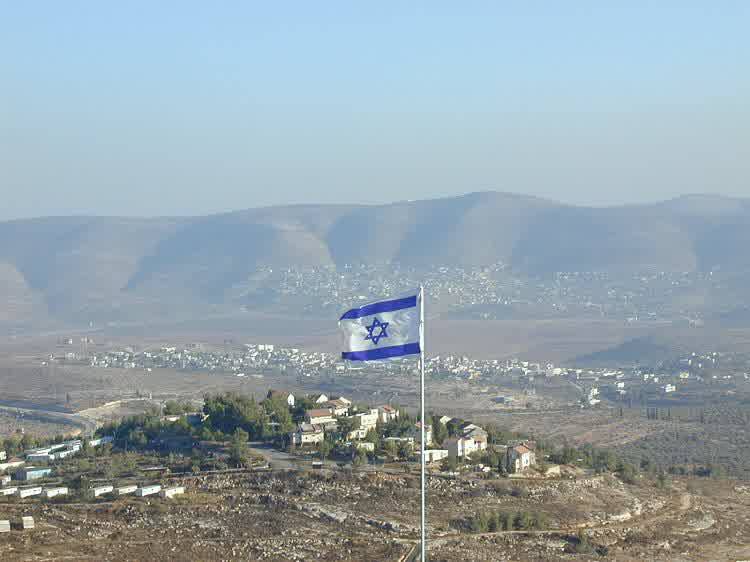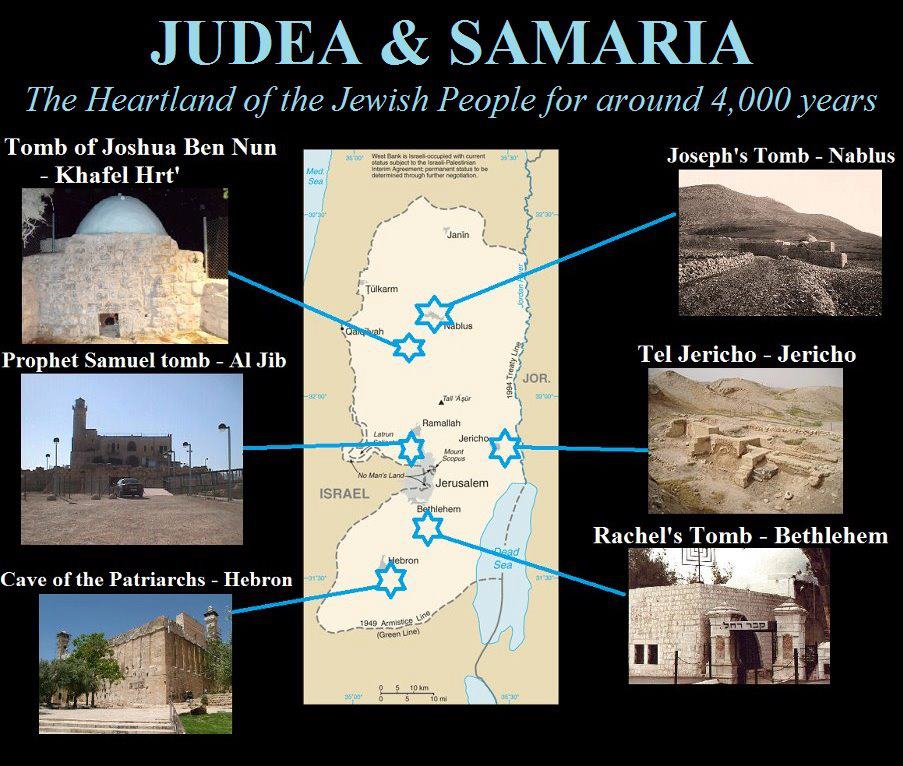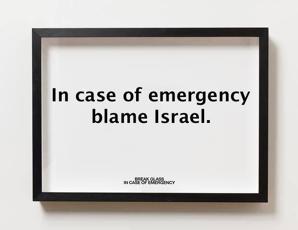Everything You Know About Israeli Settlements is Wrong
Sep 16, 2014
Israel’s recent annexation of 1,000 acres of land in the West Bank doesn’t change anything on the ground, and Prime Minister Benjamin Netanyahu has actually been remarkably constrained in settlement construction.

On Aug. 31, Israel laid claim to 1,000 acres of land in the West Bank. The land is in Gush Etzion -- an area predominantly populated by Jews since before 1948 and one that both American and Palestinian leaders recognized in past negotiations would remain part of Israel in any future agreement. With its new formal status as "state land," the area is legally open for new construction.
The land is in the Etzion bloc, the region where Israel's first-ever post-Six Day War settlement -- Kfar Etzion -- was built. The bloc, known in Hebrew as Gush Etzion גוש אציון, has emotional resonance because it had been the site of four Jewish villages that the Arabs destroyed in the 1948 war. Israel's First Settlements
The knee-jerk condemnations immediately followed.
So is Israel vastly increasing the pace of settlement activity, making the establishment of a future Palestinian state less and less likely?
The short answer, and the right answer, is no. Just as Israel was being denounced far and wide for settlement expansion, Israel's Central Bureau of Statistics released one of its regular reports on settlement activity.
Israel's actual settlement construction pace has reached a historical low. Only 507 housing units were approved for construction by Netanyahu's government in the first six months of 2014, a 71.9 percent decrease from the same period in 2013, with about one-third of those being built inside the major blocks that it is understood Israel will keep in any final status agreement.
For a population of over 300,000 Israelis living in the West Bank [preferably identified by its historical names as Judea and Samaria], that pace of construction does not even allow for natural population growth, much less rapid expansion.
At the end of the day, the annexation is but a symbolic move. Those lands are going to remain Israel's no matter what.
They are populated by some 20,000 Israelis, adjacent to the pre-1967 border, and were recognized in previous negotiations as part of the areas Israel would keep and for which it would swap Israeli land elsewhere.
The mindless refrain on settlement construction seems to have assumed a life of its own. But anyone who's serious about addressing the Israeli-Palestinian conflict should ignore the speeches and the rote condemnations, and study the numbers. The vast expansion of Israeli settlements in a potential Palestinian state is simply not happening.
The Israeli “land grab” that wasn’t
Israel’s action is not a seizure, a taking, condemnation, expropriation, or confiscation. Nor does it establish a new settlement, expand settlements, or in any way change the demographics of the territory.
A determination that land is “state land” is a factual, administrative finding that does not change the ownership of land. In the West Bank – like in the American West– massive amounts of land have no private owners.
Designating an area state land does not mean that a Jewish community can be built on it. Both illegal Jewish and Arab building on state land is often demolished. Those who object to Israel’s recent action also object Jews living or even studying on undisputedly private Jewish-owned land in the West Bank.
Israel also announced this week the construction of thousands of housing units in eastern Jerusalem for Arab Israelis. If the Geneva Convention indeed forbids building apartments in occupied territory for one’s nationals, it does so without any ethnic discrimination.
The question would not be whether the “settlers” are Jews or Arabs, but whether they are part of Israel’s “civilian population.” Yet on this action, the international community was entirely silent.
Read the complete article here.
Other useful analysis of the state lands declaration can be found here and here.
Read the full article here.







